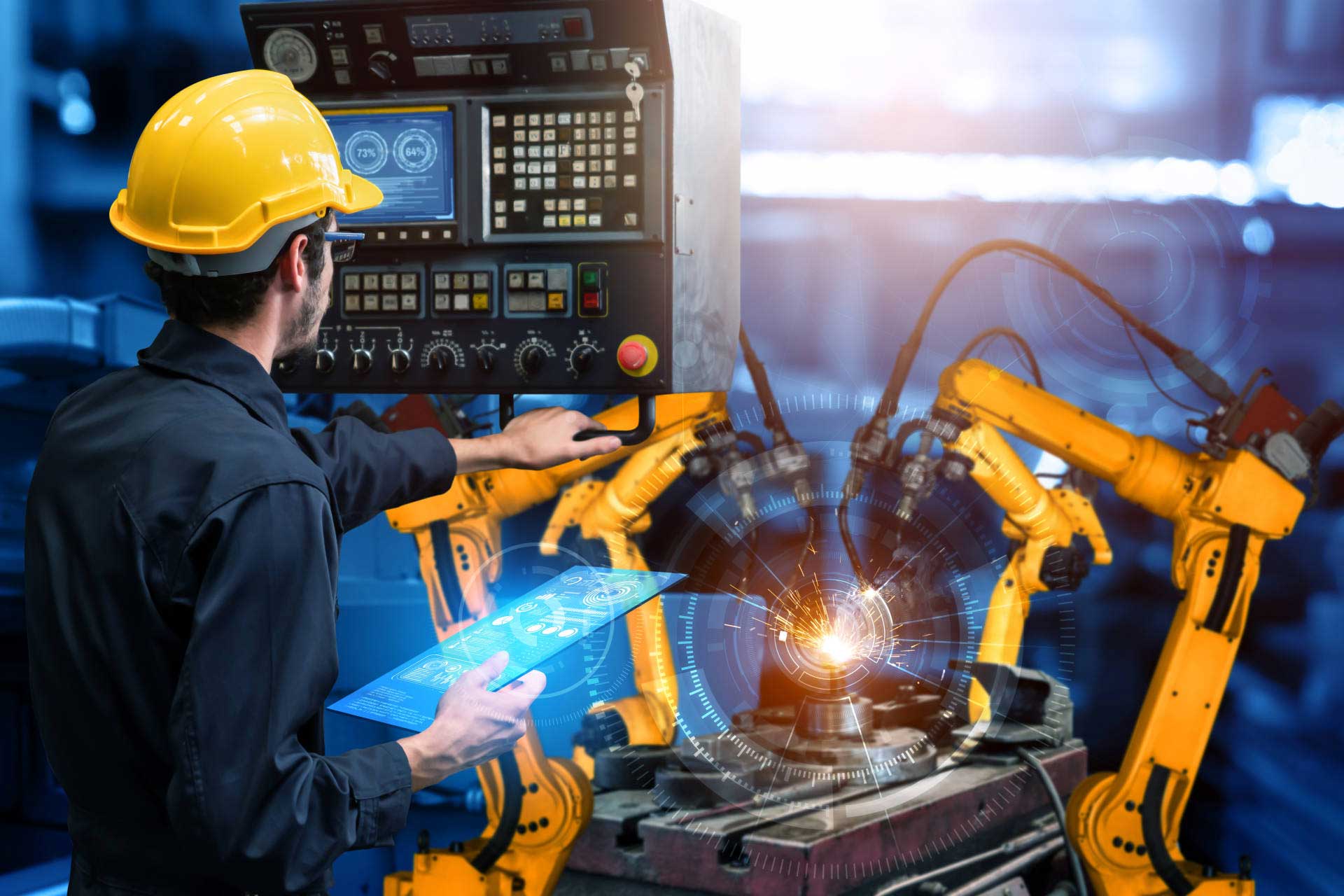
Last updated on August 22nd, 2022
Thanks to the Infrastructure Bill construction is positioned to benefit from an abundance of work over the next several years.
With $100 million budgeted for advanced digital construction management systems and related technology solutions, no doubt Artificial Intelligence (AI) and robotics will play an important role in rebuilding America’s infrastructure.
Especially when dealing with the restrictions put in place during the COVID pandemic, a growing number of construction companies were compelled to use new AI and robotics in various capacities to keep work going. Unexpectedly many found a new way to address staffing challenges, while transforming the way they work. As one of the least automated industries, huge potential lies ahead.
So, what are construction companies currently using/planning to use AI and robots to do? Here’s a sampling…
Architectural planning
Drones help map out projects before they begin and identify things like terrain elevations and water tables so plans can be adjusted to avoid issues later.
Ceiling drilling and overhead work
After identifying ceiling work as one of the most strenuous and stressful aspects of construction, a mobile drilling robot was created to work alongside installation teams drilling ceiling holes and using building information modeling (BIM) to promote accuracy.
Compacting/rolling
Primarily used in road construction, an autonomous roller is operated via computer or a geofence defining the area to be rolled. The operator can select the layer thickness, measure material stiffness, and monitor the force required to achieve desired results.
Creating concrete structures
Robot assisted technology uses an automated prefabrication process to create a 3D steel-mesh structure that gets filled with a concrete mix without formwork. It can be used to customize and optimize concrete structures and for producing complex forms for building.
Demolition
Remote controlled demolition robots can demolish buildings with a variety of robotic arms designed to break, crush, and drill through materials.
Emergency response
Drones can monitor bad weather events and provide valuable information to emergency response teams to aid with disaster response.
Excavating/hauling/loading
Heavy machinery – like excavators, dozers, and loaders – can be operated remotely to dig trenches, load and haul debris, and more. Some of the biggest manufacturers of heavy machinery already incorporate these capabilities into their equipment, while others are creating ways to retrofit existing equipment. For smaller sites, an Automated Track Loader can see where it’s going and measure material excavated using a combination of GPS, satellites, and onsite base stations.
Impact protection
For both road and building construction, specially equipped trucks can be programmed to drive autonomously and protect crews from other vehicles.
Laying bricks
One bricklaying robot works with two masons – one to maneuver it and load its materials while the other conceals wall ties, removes excess mortar, and lays bricks in hard-to-reach areas. Another type of robot uses 3D CAD models to build walls and block structures.
Layout and measurement
A robot navigates a construction site to do layout and measurement tasks using CAD drawings or BIM models.
Lifting and moving materials
Exoskeletons that workers wear and self-propelled equipment make lifting, moving, and drilling easier and safer, while also boosting productivity.
Post construction monitoring and maintenance
AI can help building managers collect information to monitor performance, identify potential issues, and decide when preventative maintenance is needed.
Safety and security
Drone technology can conduct repetitive security risk assessments, quality control inspections, and safety checks and then relay information via a mobile device or app to a project manager in a safe location.
Site/project/building inspections and monitoring
Field robotics can be used to check for a variety of issues so they can be addressed before escalating. They can examine buildings, structures, and work sites for issues (i.e., cracks and water infiltration) and structural defects. There’s even a robotic dog that can travel almost anywhere on a construction site while carrying scanning and data collection software to help ensure on-time and in-budget projects.
Tying rebar
A robot can continuously tie rebar with one person overseeing its work. A counterpart robot is in development to carry and place up to 5,000 pounds of rebar.
There are other solutions doing everything from automating piling rigs to painting and finishing drywall and paddings.
These solutions deliver a variety of benefits from decreasing waste, shortening project timelines, decreasing carbon footprints, and reducing errors to boosting productivity and quality, while saving money and other resources. While there are still challenges that need addressing – like the cost of new systems and equipment, variability from site to site, lack of regulations, and quickly scaled errors – many suggest the pros far outweigh the cons.
While you focus on your operations, you can count on RBT CPAs to focus on your tax, audit, and accounting needs. Give us a call today.
